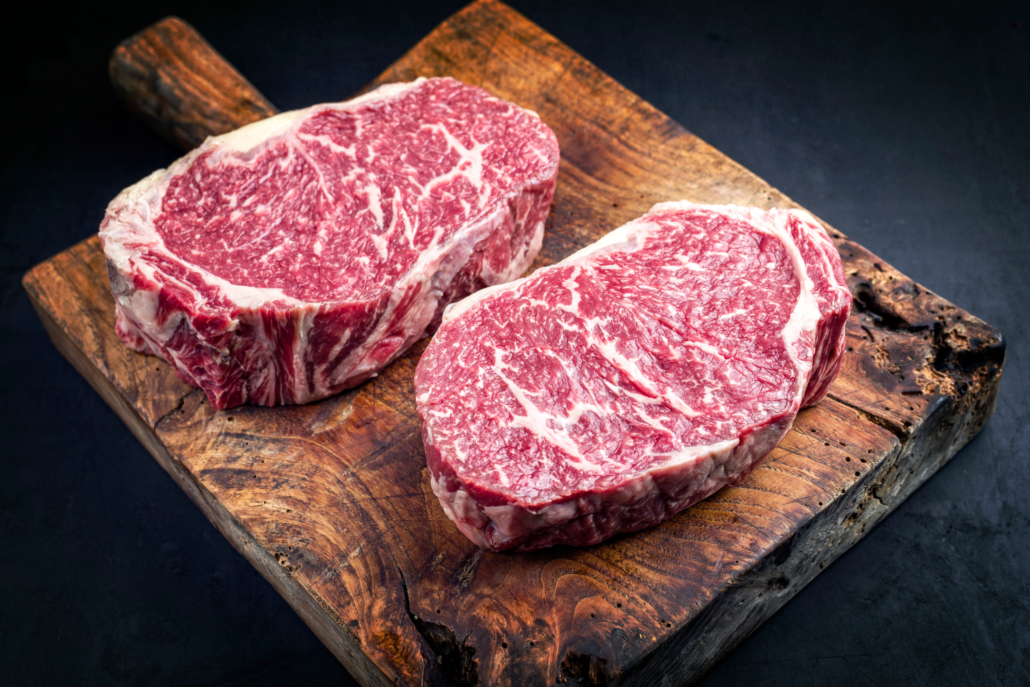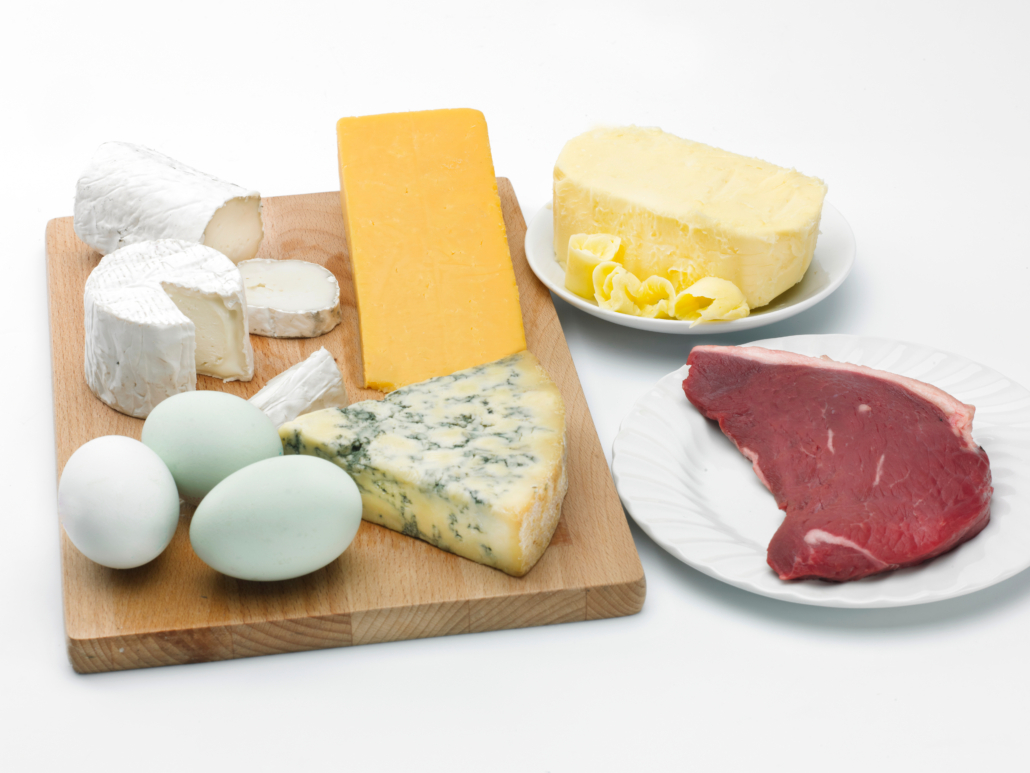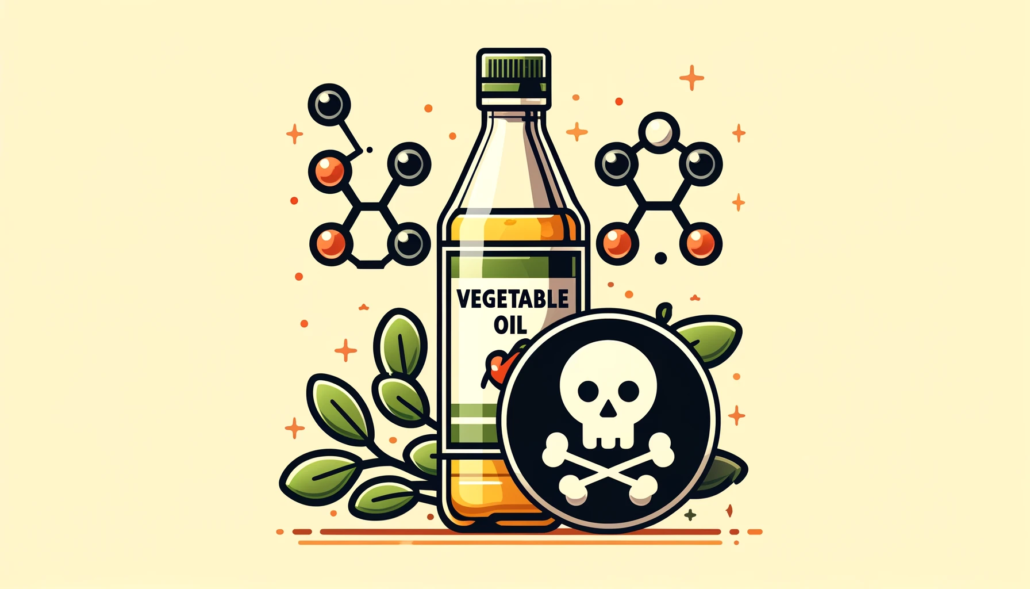We include products in articles we think are useful for our readers. If you buy products or services through links on our website, we may earn a small commission.
What is the Dirty Carnivore Diet?
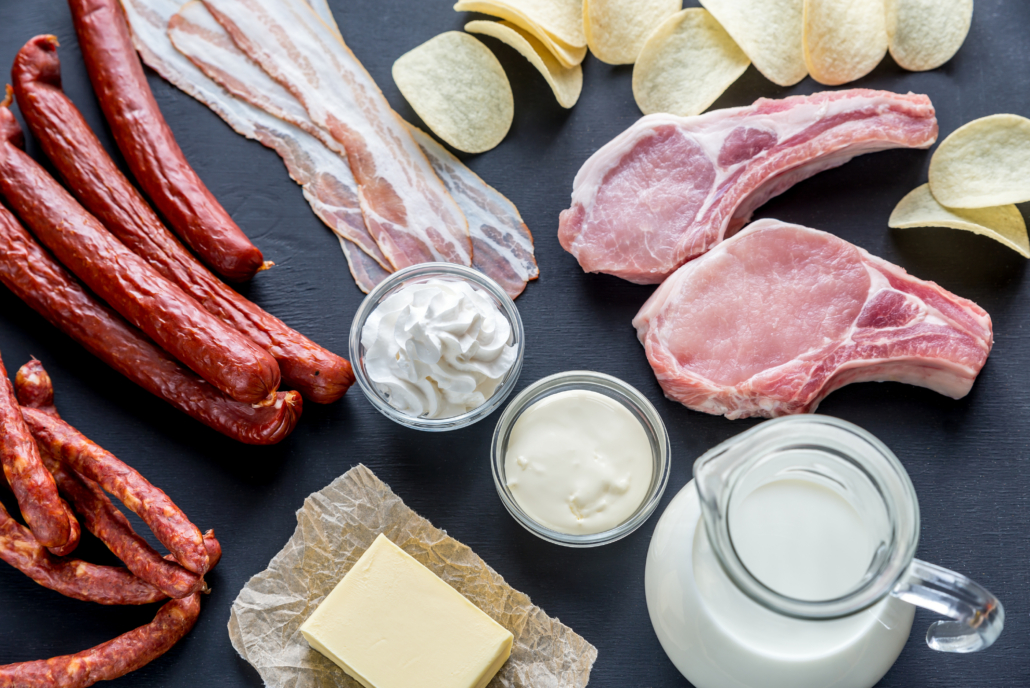
With the rising popularity of the carnivore diet, there are bound to be people who create variations that include plant-based, high-carb, and even processed foods. Regularly allowing non zero-carb carnivore foods on a diet that is mostly animal-based is the definition of “Dirty Carnivore.”
There is a wide spectrum of Dirty Carnivore dieting. They can be differentiated by more or less harmless/harmful and pragmatic/addiction-driven food choices.
In this article, we’ll explore the ins and outs of the Dirty Carnivore diet, discussing the pros and cons of carnivore augmentation based on different diet and lifestyle goals.
Table of Contents
What is the Dirty Carnivore Diet?
The easiest way to think about Dirty Carnivore is that when you regularly consume anything that is plant-based, processed, of very low quality, or adulterated with additives on an otherwise standard all-meat carnivore diet, it becomes a Dirty Carnivore diet.
Examples of Dirty Carnivore Diets
Here are some popular examples of Dirty Carnivore diets.
Meat and Fruit (and Honey)
Carnivore MD Paul Saladino’s regular addition of fruit or the carnivore diet with fruit and honey. Dr. Saladino is an extremely lean person who surfs 2-3 hours a day and live in Costa Rica.
Meat and Greens Diet
For podcast host Joe Rogan’s Dirty Carnivore means a meat and greens diet.
Steak and Eggs Cyclical Carnivore Diet
The late great bodybuilding guru, Vince Gironda’s steak and eggs diet from the 1950s is an example of Dirty Carnivore because it mandates weekly refeeding periods of carbs to achieve the most shredded physique.
“To begin with, all carbohydrates must be removed from a maximum definition diet. This means – all fruit, all vegetables, all salad greens, and all milk products. The only milk products that can be used are butter and cream. Any kind of meat, fish, or fowl and eggs are the only foods permissible. You must, however, eat some carbohydrates every four or five days because you will find that you will smooth out and veins and cuts will disappear. You will also find that you are not getting the pump you should be, and your strength will decrease. This is because a zero-carbohydrate diet drains all the stored glycogen from the liver, and only carbohydrates will replenish it. But don’t try to eat a small amount of carbohydrates each day. You will only find that you are smoothing out.”
Fast Food and Processed Meat

It’s also possible to eat only animal products and still be doing a Dirty Carnivore diet if you’re regularly eating fast food.
Sure, burger meat from McDonald’s, Wendy’s, and In-N-Out are only made with beef and salt, but it’s still extremely low-quality meat loaded with antibiotics and growth hormones. Fast food beef also comes from cows raised in concentrated feed operations where thousands of animals are cramped into small pens where they’re fed GMO soy and forced to stand in their own excrement. That’s a major “dirty” factor.
Processed meat is another gray area on the carnivore diet. Most processed meats are low quality and contain non-carnivore preservatives and binding agents. However, it is possible to get very high-quality prosciutto and handy wholesome liver chips. This is an area where quality and purity make the difference between “dirty” and “clean” carnivore eating.
Carnivore Diet with Fermented Foods
Then there are the probiotic fanatics who go carnivore except for fermented foods like sauerkraut and Ketoade (kombucha made with green tea, lemon juice, monk fruit, and added electrolytes). It’s worth noting that studies have been unable to find evidence to support any of the advertised benefits of probiotics. In fact, research links probiotics with various health risks.
As you can see from the examples above, Dirty Carnivore can mean many things and be practiced for different reasons.
Structure vs. Stressors
This is a good time to reiterate that the point of going carnivore is to eliminate all the foods that cause people to feel unwell. While simultaneously providing your body with the nourishing animal foods that human physiology has evolved to thrive on.
A good shorthand for understanding how the carnivore delivers its benefits is that animal products provide structure, while plant foods create stressors.
The fats, amino acids, vitamins, and minerals you get from animal products are the building blocks of healthy cell structures and hormone formation.
Conversely, plant products expose the body to abrasive fiber, inflammatory sugars, antinutrients, and plant toxins.
Let’s look more closely at some of the possible drawbacks to doing carnivore dirty.
Emotional Eating and Carb Addiction

The Standard American Diet is comprised of high-carb, ultra-seasoned, and highly processed foods that hyper-stimulate brain reward circuits and cause hormone imbalances that correspond to insatiable food cravings.6
In modern Western society, food is often used as a drug to soothe, numb, and suppress unwanted or uncomfortable feelings.
For many people with an addictive relationship to food, following Dirty Carnivore is simply the addictive part of the brain rationalizing the continued use of food as a drug.
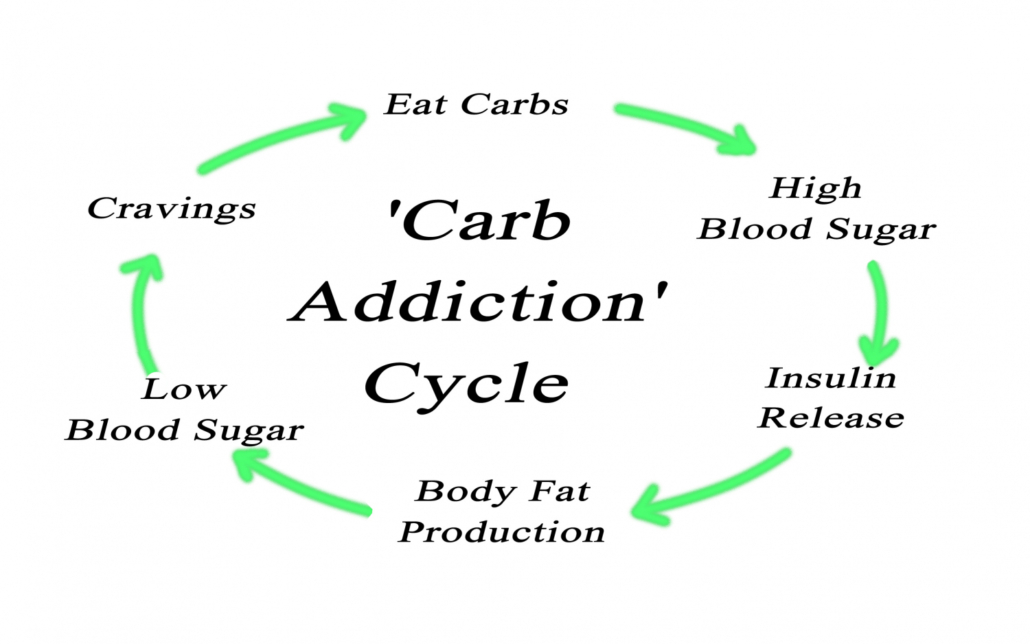
High-carb foods activate opiate and dopamine receptors in the brain. Repeatedly stimulating these reward centers can reset your body fat levels, resulting in intense carb cravings whenever you begin to loose weight.
For most people doing the carnivore diet successfully requires cutting all carbs for at least 30-90 days. It takes this long for the brain to rewire its habitual reward circuitry and rebalance the hormones that drive food cravings.
Antinutrients and Plant Toxins
One of the key reasons that people go carnivore is to eliminate thousands of plant toxins and antinutrients from their diets.
For example, even if you only consumed leafy green vegetables on a Dirty Carnivore diet you are exposing your body to oxalates.
Oxalates are naturally occurring compounds in plants that have been linked to various autoimmune disorders, including intestinal permeability, lupus, and rheumatoid arthritis.
Studies link oxalates with lupus, leaky gut, and rheumatoid arthritis.
In fact, many people on a standard carnivore diet experience a phenomenon called “oxalate dumping” once their bodies begin to expel the oxalates accumulated in their body tissues.
Here’s a rundown of other plant toxins an antinutrients commonly found in various plant foods.
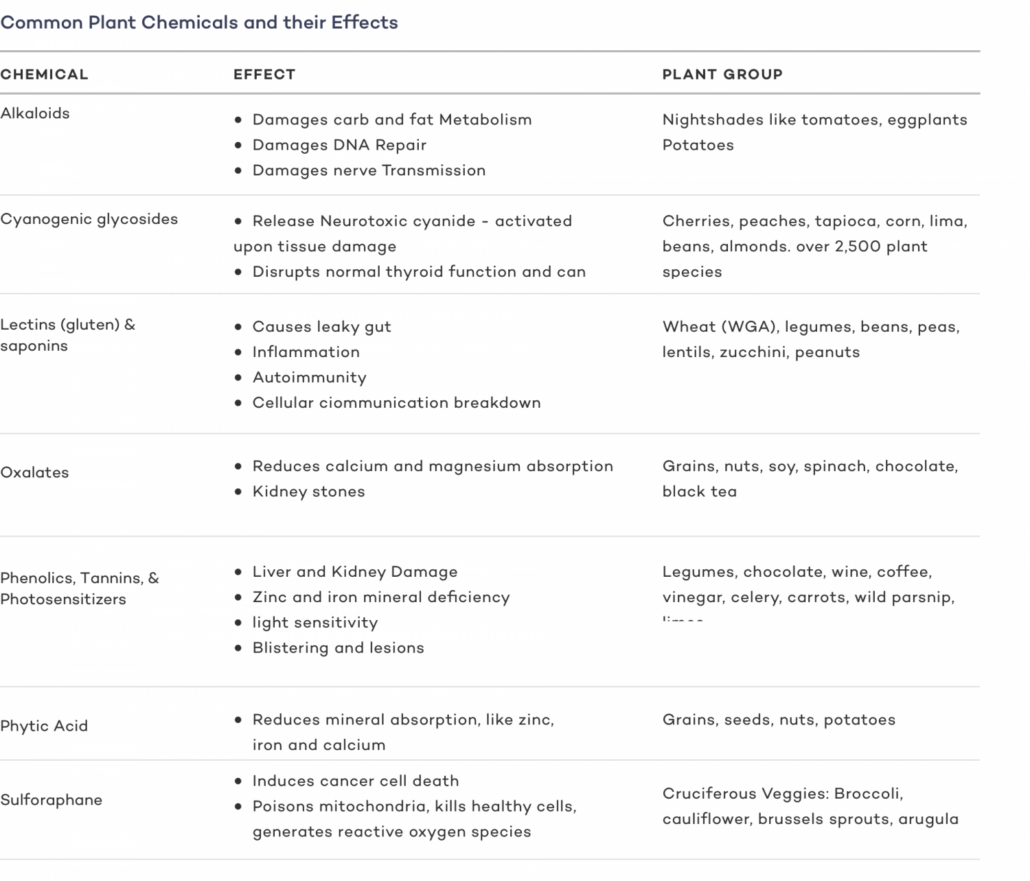
What About Fruit?
The carnivore diet is an ancestral way of eating and our ancestors did eat some seasonal fruit from time-to-time. There’s a good reason you don’t see pictures of fruit on cave walls. But we do see countless scenes of humans hunting large prey.
Prehistoric fruits looked nothing like the large and ultra-sweet GMO franken fruits that we’re familiar with today.

Source: James Kennedy
Though most fruits contain some nutrients, studies show that our bodies experience most phytonutrients as xenobiotics. Xenobiotics are foreign substances that the body works rapidly to eliminate.
Not surprisingly, a 2009 study found that “phytochemicals as dietary components are not essential for short-term well-being.”
On the other hand, the human body evolved on a diet of mostly meat for nearly two million years, making it extremely efficient at obtaining and integrating nutrients from fatty animal products.
Though fruits contain antioxidants, which are generally beneficial, when you eat only whole animal foods and get metabolically healthy, the anti and pro-oxidants in your body balance out. High-carb foods made with grain flour and added sugars are pro-oxidants.
What about Vitamin C?
When your pro and anti-oxidant levels are in balance, you don’t need much vitamin C.
Most people are surprised to learn that fresh meat has more than enough vitamin C to prevent deficiencies.
For example, fresh grain-fed meat contains around 1.6 mcg/g of vitamin C. While fresh grass-fed beef provides 2.56 mcg/g.
On a carnivore diet, it’s common to consume around 1000 grams of fresh beef ( 2.2 lbs) per day. This provides between 16 mcg and 25.6 mcg of vitamin C, far more than you need to prevent vitamin C deficiency.
Dirty Carnivore: The Bottom Line
A Dirty Carnivore diet is a loose term applied to any variation on the carnivore diet that allows for regular consumption of non-animal products.
Leafy greens, fruit, fermented probiotic foods, and store-bought “keto-friendly” snacks are common additions to carnivore eating that render it “Dirty.”
“Dirty” can also apply to low-quality meats like fast food burgers and processed meats that contain preservatives and binding agents. ‘Dirty’ here is a contrast to the ‘clean’ carnivore diet of exclusively whole, minimally processed animal foods.
For most people, achieving their health goals on the carnivore diet requires eliminating all “dirty” foods and sticking to the standard carnivore protocol for at least 30-90 days.












